Buy this painting Watercolour Painting Kloveniersburgwal Amsterdam Bluehour by Hendrik-Jan Kornelis as a reproduction on canvas, ArtFrame, poster and wallpaper, printed on demand in high quality.
About "Watercolour Painting Kloveniersburgwal Amsterdam Bluehour"
by Hendrik-Jan Kornelis
About the artwork
Watercolour painting of the Kloveniersburgwal and Zuiderkerk in Amsterdam during an "Bluehour" in the evening.
The blue hour usually lasts about 20-96 minutes, immediately after sunset and immediately before sunrise. The time of year, location and air quality all affect the exact time of the blue hour.
The Kloveniersburgwal was dug at the end of the 15th century. The Geldersekade , the Singel and the Kloveniersburgwal together formed the city wall around the city.
After the Nieuwe Gracht (now Oude Schans) was dug and the new city walls were built, the Kloveniersburgwal lost its function as a defensive canal. The old city wall was demolished and houses were built on top of it. The east side was inhabited in the 17th century and has a few large mansions, such as the Trippenhuis, now home to the KNAW.
The name 'Kloveniersburgwal' comes from a branch of the militia, the 'kloveniers', named after the weapon the guards were armed with. The kloveniers met at the Kloveniersdoelen next to Swijgh Utrecht on the corner of Kloveniersburgwal and Nieuwe Doelenstraat. Later, their group portrait, the famous painting The Night Watch (by Rembrandt ), hung in the Kloveniersdoelen.
The Zuiderkerk is the church where Rembrandt lived and also used with his family.
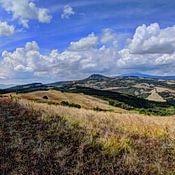
About Hendrik-Jan Kornelis
As a child, there was already a predilection for visual art. As a technician, I was always creative in products, services and working methods. In later years, more time was taken for my art (photography) passion... Read more…
 Germany
Germany Ordered in October 2021
Ordered in October 2021
 Germany
Germany Ordered in February 2025
Ordered in February 2025
 Germany
Germany Ordered in June 2025
Ordered in June 2025
 Netherlands
Netherlands Ordered in March 2022
Ordered in March 2022
 Netherlands
Netherlands Ordered in July 2021
Ordered in July 2021
 Netherlands
Netherlands Ordered in March 2017
Ordered in March 2017
 Netherlands
Netherlands Ordered in June 2021
Ordered in June 2021
 Germany
Germany Ordered in June 2020
Ordered in June 2020
 Germany
Germany Ordered in March 2024
Ordered in March 2024
 Netherlands
Netherlands Ordered in April 2021
Ordered in April 2021
 Netherlands
Netherlands Ordered in August 2021
Ordered in August 2021
 Netherlands
Netherlands Ordered in November 2021
Ordered in November 2021
About the material
ArtFrame™
Interchangeable Art Prints
- High-quality print
- Easily interchangeable
- Acoustic function
- Large sizes available
Discover the artworks of Hendrik-Jan Kornelis
 Prinsengracht 322 AmsterdamHendrik-Jan Kornelis
Prinsengracht 322 AmsterdamHendrik-Jan Kornelis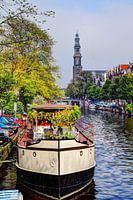 Westerkerk Amsterdam with boatHendrik-Jan Kornelis
Westerkerk Amsterdam with boatHendrik-Jan Kornelis Pen Drawing Herengracht 392 Amsterdam SquareHendrik-Jan Kornelis
Pen Drawing Herengracht 392 Amsterdam SquareHendrik-Jan Kornelis Drawing Brouwersgracht 48 AmsterdamHendrik-Jan Kornelis
Drawing Brouwersgracht 48 AmsterdamHendrik-Jan Kornelis Drawing Herengracht 51-65 AmsterdamHendrik-Jan Kornelis
Drawing Herengracht 51-65 AmsterdamHendrik-Jan Kornelis Panorama Leidsegracht / Keizersgracht AmsterdamHendrik-Jan Kornelis
Panorama Leidsegracht / Keizersgracht AmsterdamHendrik-Jan Kornelis Hooglandse Kerkgracht Leiden The NetherlandsHendrik-Jan Kornelis
Hooglandse Kerkgracht Leiden The NetherlandsHendrik-Jan Kornelis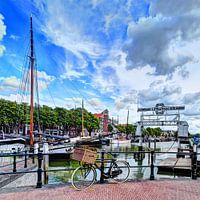 Nieuwe Haven Dordrecht NetherlandsHendrik-Jan Kornelis
Nieuwe Haven Dordrecht NetherlandsHendrik-Jan Kornelis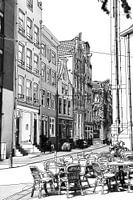 Noordermarkt Drawing AmsterdamHendrik-Jan Kornelis
Noordermarkt Drawing AmsterdamHendrik-Jan Kornelis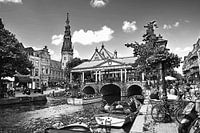 Drawing of City Hall and Kroonbrug Leiden NetherlandsHendrik-Jan Kornelis
Drawing of City Hall and Kroonbrug Leiden NetherlandsHendrik-Jan Kornelis Pen drawing Southern church Amsterdam KloveniersburgwalHendrik-Jan Kornelis
Pen drawing Southern church Amsterdam KloveniersburgwalHendrik-Jan Kornelis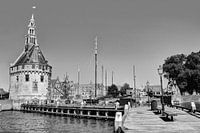 Hoorn Noord-Holland The Netherlands PortHendrik-Jan Kornelis
Hoorn Noord-Holland The Netherlands PortHendrik-Jan Kornelis Panorama Hoorn Oude Haven Kruittoren North Holland NetherlandsHendrik-Jan Kornelis
Panorama Hoorn Oude Haven Kruittoren North Holland NetherlandsHendrik-Jan Kornelis Cinque Terre Tuscany Italy OldHendrik-Jan Kornelis
Cinque Terre Tuscany Italy OldHendrik-Jan Kornelis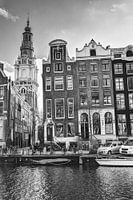 Zuiderkerk Amsterdam Kloveniersburgwal Winter Black and WhiteHendrik-Jan Kornelis
Zuiderkerk Amsterdam Kloveniersburgwal Winter Black and WhiteHendrik-Jan Kornelis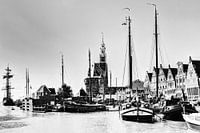 Hoorn Port North Holland Netherlands Black and WhiteHendrik-Jan Kornelis
Hoorn Port North Holland Netherlands Black and WhiteHendrik-Jan Kornelis Town hall of Dordrecht Netherlands Black and WhiteHendrik-Jan Kornelis
Town hall of Dordrecht Netherlands Black and WhiteHendrik-Jan Kornelis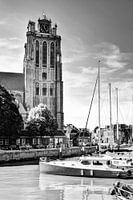 Our Lady Church in Dordrecht Netherlands Black and WhiteHendrik-Jan Kornelis
Our Lady Church in Dordrecht Netherlands Black and WhiteHendrik-Jan Kornelis Nonnenbrug with Academy building Leiden Netherlands Black and whiteHendrik-Jan Kornelis
Nonnenbrug with Academy building Leiden Netherlands Black and whiteHendrik-Jan Kornelis Nonnenbrug with Academy Building Leiden NetherlandsHendrik-Jan Kornelis
Nonnenbrug with Academy Building Leiden NetherlandsHendrik-Jan Kornelis
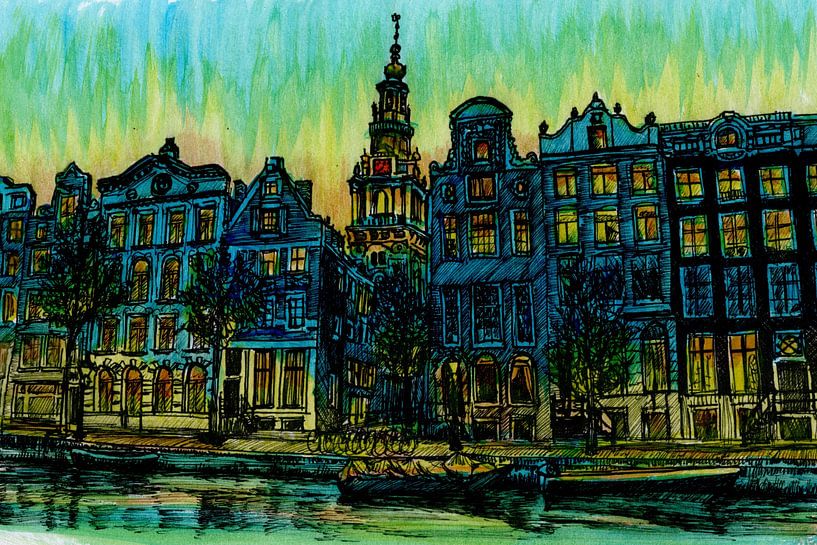




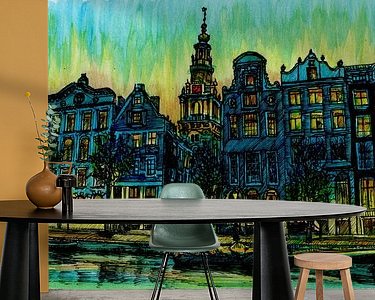


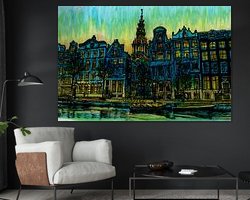
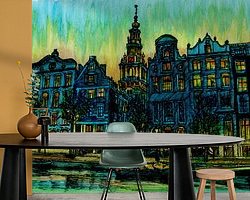


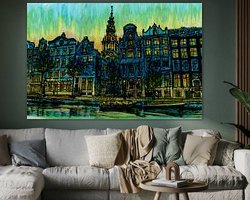
 Amsterdam
Amsterdam Architecture
Architecture Blue hour
Blue hour Church
Church Line drawings
Line drawings Nostalgic Memories
Nostalgic Memories Serene Peace
Serene Peace The Netherlands
The Netherlands Vibrant Colors
Vibrant Colors Watercolour
Watercolour Zuiderkerk
Zuiderkerk









